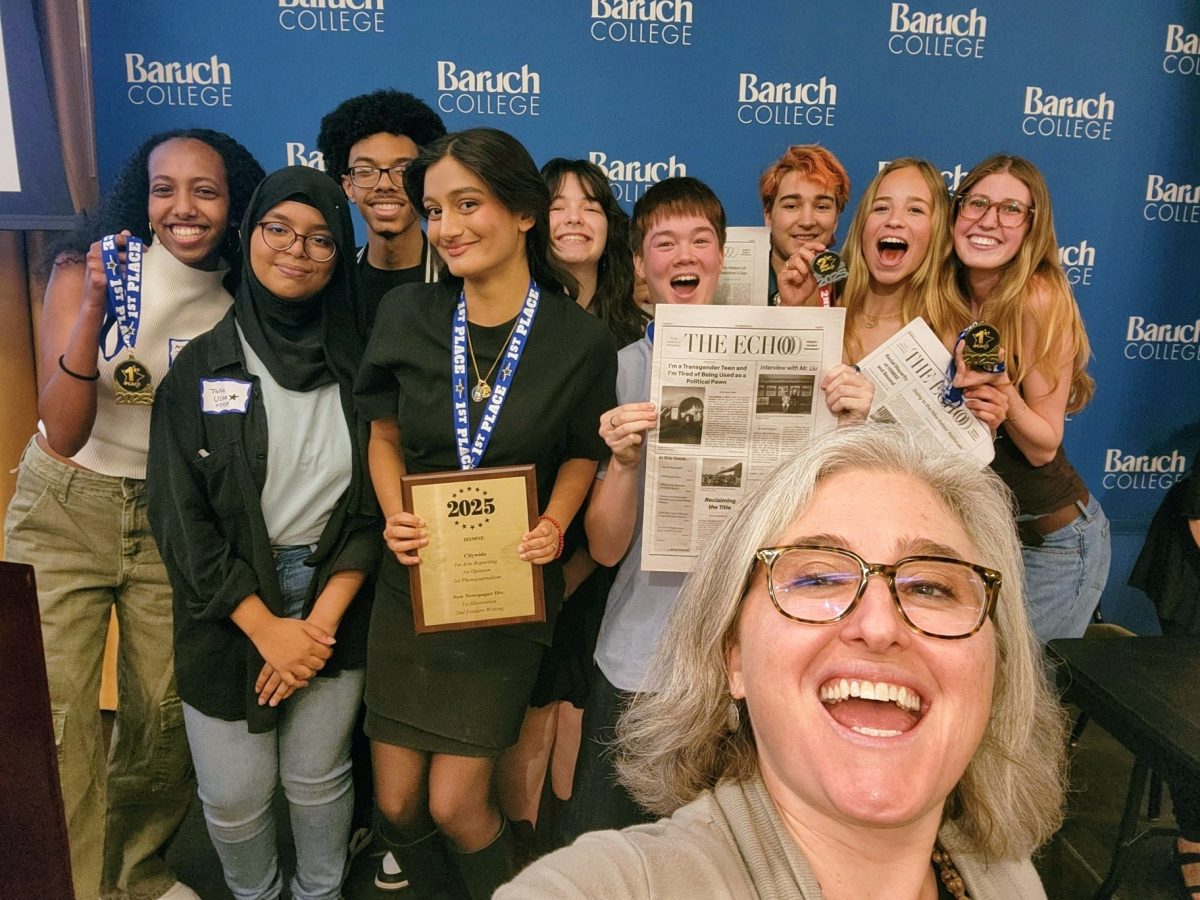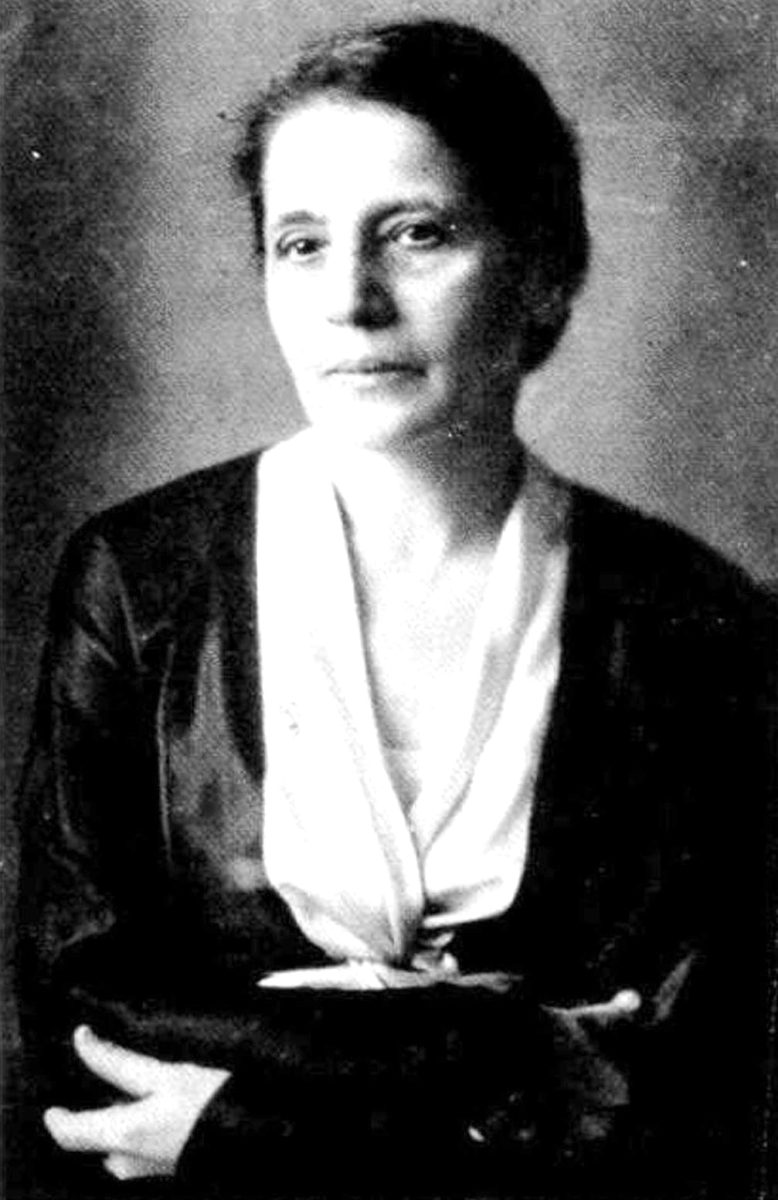Leonhard Euler, Archimedes, Isaac Newton, and Galileo Galilei are just a few popularized STEM figures from history. Take a moment to observe these names. What is the one similarity between all of these names and what does it tell you? In fact, according to the data collected from a survey sent out to the HSMSE community, when asked to name developers that come to mind instantly in the STEM field, most people name either all or mostly male figures. Survey respondents, consisting of members of the HSMSE community and a random audience on Instagram, were asked to name as many significant developers in STEM as they could think of off the top of their head. A total of 58 people participated in the survey , most within the age range of 14-15 (36.2%) or 16-17 (37.9%). Of the 58 people who responded, only 24 could name one or more female contributors in STEM. The rest of the respondents claimed to have either not known any women or could not think of any women in STEM at that moment. Many reasoned that women throughout history simply weren’t as active as men were in the development of STEM due a lack of opportunities, interest in the field, and other disadvantages including a lack of female role models. Nevertheless, a number of respondents expressed concern over their inability to name any female developers in their answers.
Throughout history we see a significantly less number of women who were actively involved in STEM, but this does not mean that there were not many significant female contributors. Then why is it that we don’t seem to hear much about them?
One possible reason for this under-awareness of female STEM contributors is the Matilda Effect, a term coined by Cornell science historian Margaret Rossiter in 1993. Rossiter named this discovery after suffragist, abolitionist, and the author of “Woman As Inventor” Matilda Joslyn Gage. Gage’s book recognizes the women who broke societal norms and accomplished groundbreaking developments, but were often overlooked and overshadowed by their male counterparts who received the credit for their work. Although we’re past the time where women are blatantly subdued, they are still far less revered as role models than their male counterparts, especially in STEM. As the survey data demonstrates, women are hardly ever given proper recognition for their work and accomplishments. One such woman is Lubna of Cordoba.
Lubna of Cordoba by Jose Luis Munoz
Lubna was born into slavery and raised in the Madinat al-Zahra palace on the outskirts of Cordoba, Spain. She was known for her mathematical abilities and sharp knowledge of grammar and poetry. Despite her humble beginnings, she rose to status and importance quickly in the late 10th century. She served as the palace secretary, or personal scribe, to the Caliph of Cordoba, Al-Hakam II and later to his son.
According to the famous 12th century Andalusi scholar Ibn Bashkuwāl, “She wrote excellently, knew grammar and poetry. Her knowledge of mathematics was enormous. She was also experienced in other sciences. There was no one more noble than her in the Umayyad palace.”
Lubna was a driving force in the creation of the library of Medina Azahara which housed over 500,000 books of both Arabic and Latin languages. There, she translated ancient Greek and Roman writings, such as those of Aristotle, Plato, and others, to Arabic.
She played a crucial role in the preservation of ancient knowledge during a time when the western world was in the Dark Ages. During this period, crucial texts and books from the ancient Greek and Roman empires were lost due to failures in their preservation. Although many original copies could not be restored, the work of many like Lubna of Cordoba allowed the modern world access to that precious knowledge. According to Arab chronicles, hundreds of women were responsible for preserving valuable manuscripts alongside Lubna of Cordoba. Without the efforts of Lubna and her colleagues, and the information they maintained, modern developments would likely have been severely stunted.
Another crucial person in the field of technological progression is Austrian-Swedish Jewish physicist, Lise Meitner.
Lise Meitner
Lise Meitner was born in 1878 in Vienna, Austria. She began her journey in STEM at the University of Vienna in 1901, where she studied physics under Ludwig Boltzmann. After completing her doctorate in 1906, she joined German theoretical physicist Max Planck and chemist Otto Hahn in a radioactivity research project in Berlin. Initially, Meitner was only allowed to work as an unpaid guest. But, in time, she became the first full-time female physics professor in Germany in 1926.
The trio worked for about 30 years at the Kaiser Wilhelm Society for the Advancement of Science. During their time together, they studied nuclear isomerism, beta decay, and investigated the products of neutron bombardment of uranium. They were among the firsts to isolate and name their discovery of the isotope protactinium-231 in 1918. Meitner led a section of Berlin’s Kaiser Wilhelm Institute for Chemistry alongside her partners.
In 1923, Meitner discovered the internal photoelectric process, now called the Auger Effect, significant in carrier dynamics in nanostructures when both types of carriers (electrons and holes) are present. However, her discovery was named after the French physicist Pierre-Victor Auger, who reached the same conclusions two years later.
Meitner was forced to leave Germany under Nazi rule in 1938. She moved to Sweden and continued her work at Manne Siegbahn’s Institute in Stockholm. Meitner and Hahn undertook new experiments to continue their research and in December of 1938, Hahn discovered nuclear fission along with his former pupil Fritz Strassman. Ironically, they didn’t know what the reaction meant. Hahn wrote to Meitner with the results and asked if she had any explanation. In January 1939, Otto Hahn published an official composition of his scientific experiment, soon followed by Meitner’s publication of the physical explanation of the result of the experiment, which she named a “nuclear fission”. This discovery played a crucial role in the Manhattan Project.
In 1944, Otto Hahn was awarded the Nobel Prize in Chemistry for “his discovery of the fission of heavy nuclei” leaving out his partner Lise Meitner whose contributions were completely neglected. Although she was overlooked for the Nobel Prize, Meitner was dubbed “The Jewish mother of the bomb“ by the press following the dropping of the bombs in Hiroshima and Nagasaki, despite refusing to directly contribute to the Manhattan project due to its purpose.
In 1966, Meitner, along with Hahn, and Strassman were awarded the Enrico Fermi Award by President Lyndon Johnson. Nearly 30 years after her death, an element was named Meitnerium in her honor in 1997.
After graduating from Nanjing University in 1934, Chien-Shiung Wu worked in physics labs in China. Encouraged by her mentor Dr. Jing-Wei Gu, Wu decided to study in the United States and in 1936 she was enrolled in the University of Berkeley under the advisory of Ernest Lawrence. She graduated in 1940 with a PhD in physics. Due to the exclusionary policies of WWII, she left the West Coast to teach physics at Smith College and then at Princeton University. She was the first female faculty member in the physics department at Princeton.
In 1944 she took a position at Columbia University and joined the Manhattan Project. She worked on and improved Geiger counters, used for the detection of radiation and the enrichment of Uranium in large quantities.
She was also the first to confirm Enrico Fermi’s theory of beta decay. In 1956 she conducted an experiment by request of physicist Tsung-Dao Lee and Chen Ning Yang to test their theory on the conservation of parity in beta decay. Dr. Wu confirmed through her experiment (known as Wu Experiment) that conservation parity did not occur during beta decay. Despite playing a key role in proving the theory, she was left unacknowledged when physicists Tsung-Dao Lee and Chen Ning Yang were awarded a nobel prize for their work in 1957. Sounds familiar?
There are countless more female contributors in STEM who have played crucial roles in the shaping of the modern world, but remain robbed of the recognition they deserve. As a STEM school with a minority of female students (38%), all just as intelligent and deserving as their male counterparts, it is imperative for HSMSE to include female STEM figures in classrooms and curriculums. Charlotte Almond, a MSE junior involved in multiple extracurricular activities including math team, explained, “something that I didn’t notice but my math team coach pointed out, which is, usually I was in a majority male space and even though I was as mathematically capable or perhaps more mathematically capable than many of my teammates, I was often pushed into what she called ‘secretarial roles’, which were helping, making sure everyone submitted the answers for their math competitions and organizing things.” To add on, when asked if she was ever made very conscious of such roles being assigned to her, Charlotte says, “No, it’s very subtle and I sort of didn’t realize it…something that I had to step back and realize is that I am usually very quietly pushed into assistant things.”
Such experiences aren’t unique to Charlotte only but to many other women in various positions. For instance, when asked about her experiences relating to what Charlotte mentioned, sophomore Ariana Bassini said that she often finds herself cleaning up after other people’s mess like water spills and trash in the cafeteria, especially during group projects when working with male partners. Furthermore, Ms. Hesseltine added that, “in the past, there were sometimes issues when we had meetings where women were expected to be notetakers or the people picking up and organizing the room afterwards. It was something that I remember women who are no longer in our school and myself talking about. I think it’s something people are more conscious of now and we have great male colleagues who try to make sure that it doesn’t happen but I do remember it happening in the past.”
Women at HSMSE are not necessarily experiencing the Matilda Effect, but they are similarly being overlooked or pushed into roles that are more traditionally expected of women in many situations. While these roles are by no means any less important than masculine positions, despite the gender imbalance at MSE, girls should not feel insecure about their abilities in STEM. Since ancient times, women have consistently proven themselves to be deserving equals in STEM overcoming countless obstacles.





















